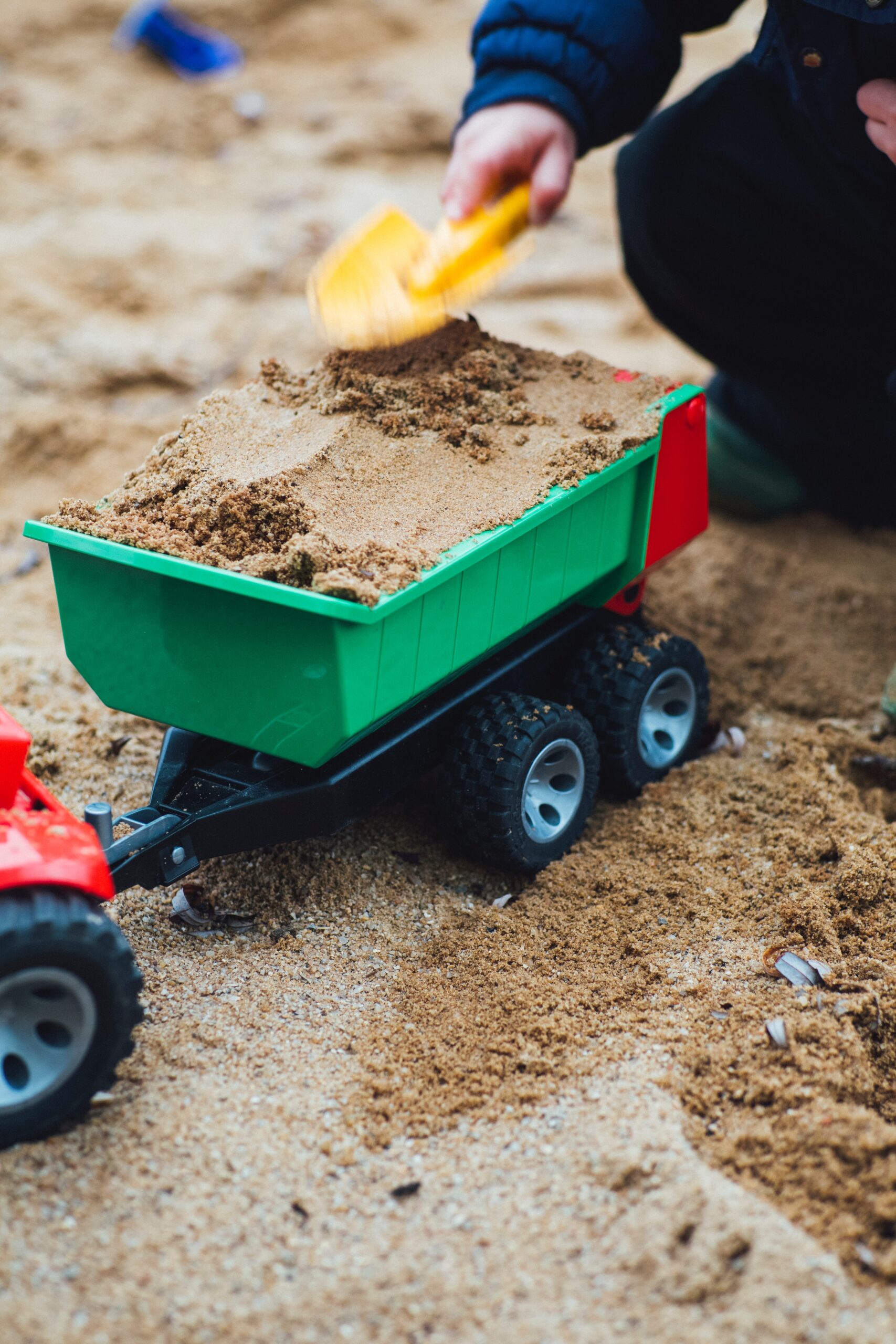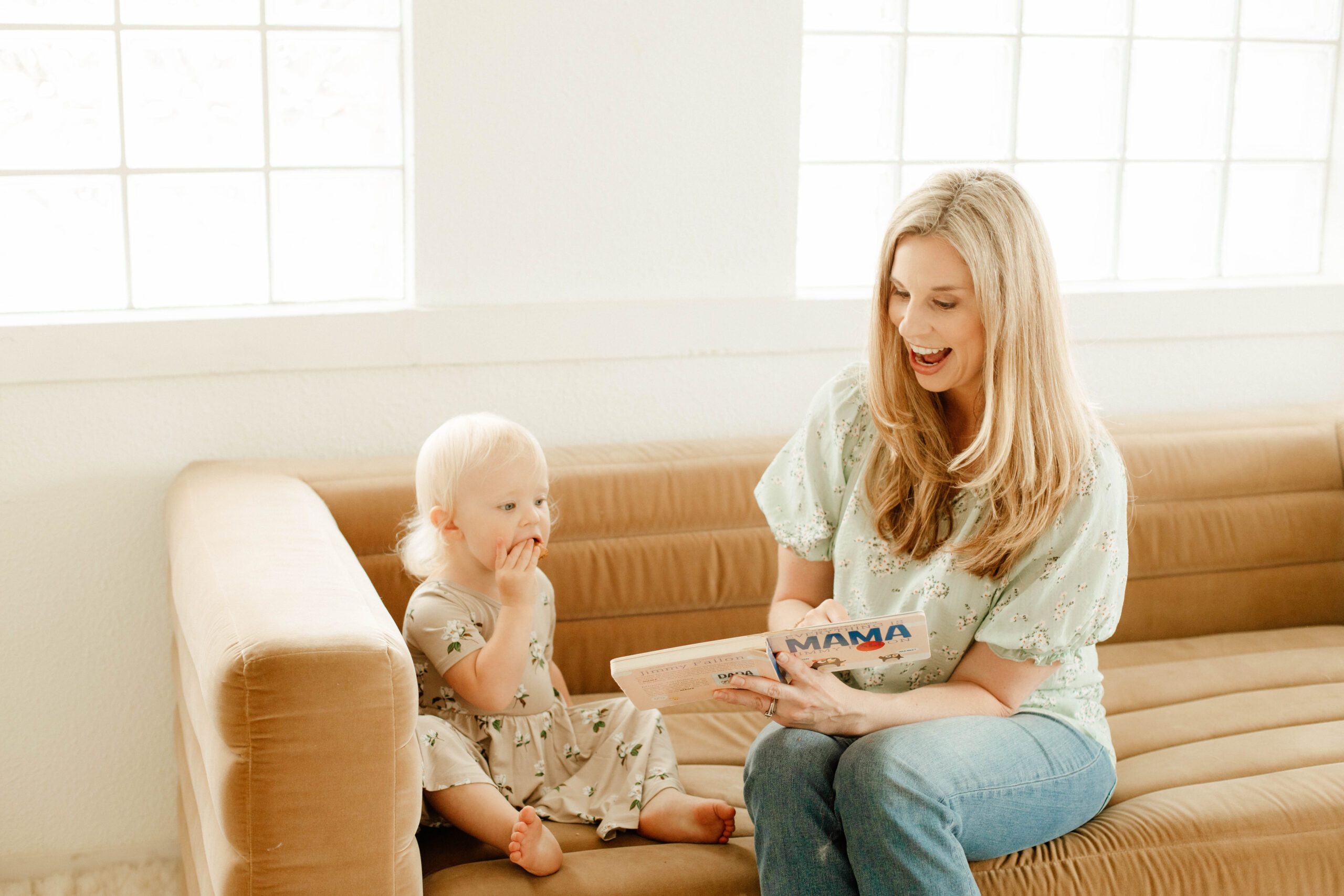
Play and Literacy
Play and literacy go hand in hand. According to play expert and professor Sarah Smilanky, “Problem solving in most school subjects requires a great deal of make-believe, visualizing how Eskimos live, reading stories, imaging a story, writing it down, solving an arithmetic problem, and determining what will come next. History, geography, and literature are all make-believe. All of these are conceptual constructions that are never directly experienced by the child. (Smilansky, 1968). This make-believe that reading requires is exactly what children develop during play. In fact, each of the following dimensions of reading comprehension is also developed during play. The following dimensions were identified by Speech Pathologist Child Language Expert Dr. Carol Westby:
- Theory of Mind: Theory of mind involves understanding another’s intentions, knowledge, beliefs, and actions. It’s what allows us to understand the different perspectives of characters in a story, make inferences, and understand a character’s motives. The foundation for this essential skill is built through pretending. As children take on different roles in play, they begin to understand how someone in the role would act, what they would say, and what they would do. For example, a child pretending to be a waiter may approach their friends and ask what they want to eat while playing “restaurant.”
- Decontextulization: The more language becomes decontextualized, the less it depends on the “here and now.” Young children begin to talk about the past and the future as their language skills develop. When reading or hearing a story, comprehension depends on imagining what is happening in a situation. Play also becomes more and more decontextualized as it matures. As children’s play skills develop, they become less dependent on realistic props are able to rely on a symbol (a block for a phone). Children are also able to depend more on language (and less on props) during play (ex: “You be the waiter and I’ll be the customer. Let’s pretend it’s a pizza restaurant and I’m gonna order cheese pizza…”)
- Thematic Content: Play involves stories. Themes of play are natural extensions of children’s day to day lives. Children play what they know. This is why playing “house” is popular in preschools everywhere. Children starts to build their repertoire of people, animals, places, and experiences from real-life situations. These situations can come from events the child experiences, reads about, or hears about from a caregiver. All of this prior knowledge helps children increase their understanding when they encounter new information in stories. Furthermore, when children talk about or “re-experience” events with their caregiver, they learn about story structure and cause/effect relationships.
- Organization: As children mature, their play becomes more organized. Play becomes more complex and more causal relationships appear. In highly organized play, you may see children continue a play theme over a period of several days. Just as play has its own organization, stories have their own structure (setting, conflict, resolution, etc) Understanding the temporal (time) and cause/effect relationships in play builds the foundation for understanding the structure, components and relationships in stories.
Play is so important for child development.
In addition to developing language skills, motor skills, cognitive skills, and social-emotional skills, play has a direct relationship with literacy. The dimensions of play are the exact same needed for reading comprehension. Building a strong imagination through pretending helps children imagine the setting, characters, and events in the literature they encounter. In a day and age where play is diminishing more and more, it’s important to remember the skills needed for academic success are built through play.
References:
Smilansky, S. (1968). The effects of sociodramatic play on disadvantaged preschool children. New York: Wiley.
Westby, C. (2017) Play & Language. The Roots of Literacy. Pesi Rehab
 Brooke Andrews, M.A CCC-SLP is the owner of The Speech Dynamic, LLC. in Houston, TX. She specializes in social communication and the language-literacy connection . Brooke has presented at various conferences and shares her expertise in her workshops for parents, teachers, and other clinicians.. Her clinical expertise include play-based learning,, social communication, literacy, and executive functioning.
Brooke Andrews, M.A CCC-SLP is the owner of The Speech Dynamic, LLC. in Houston, TX. She specializes in social communication and the language-literacy connection . Brooke has presented at various conferences and shares her expertise in her workshops for parents, teachers, and other clinicians.. Her clinical expertise include play-based learning,, social communication, literacy, and executive functioning.






